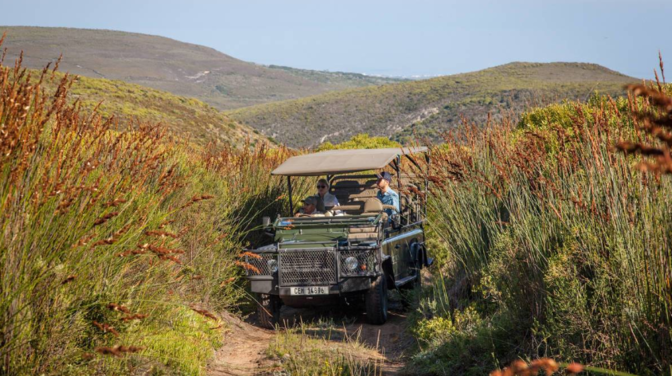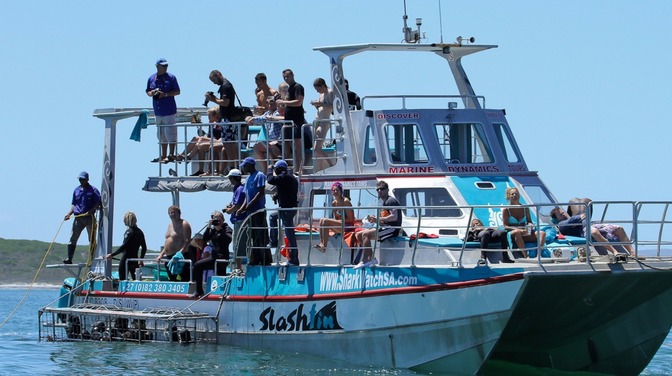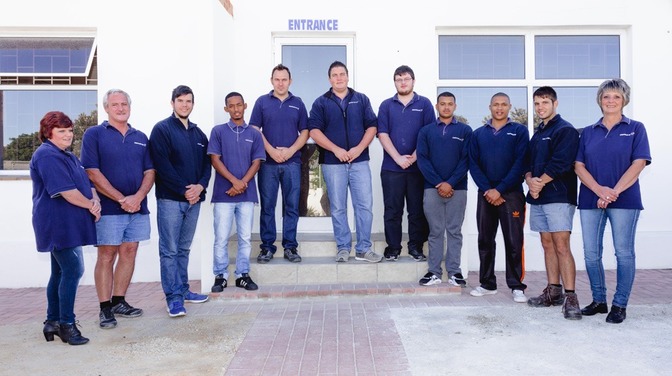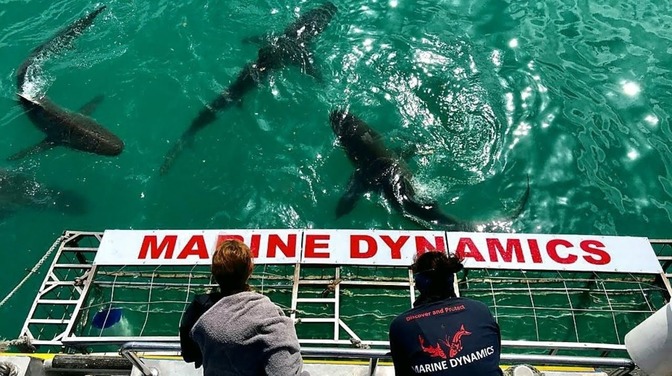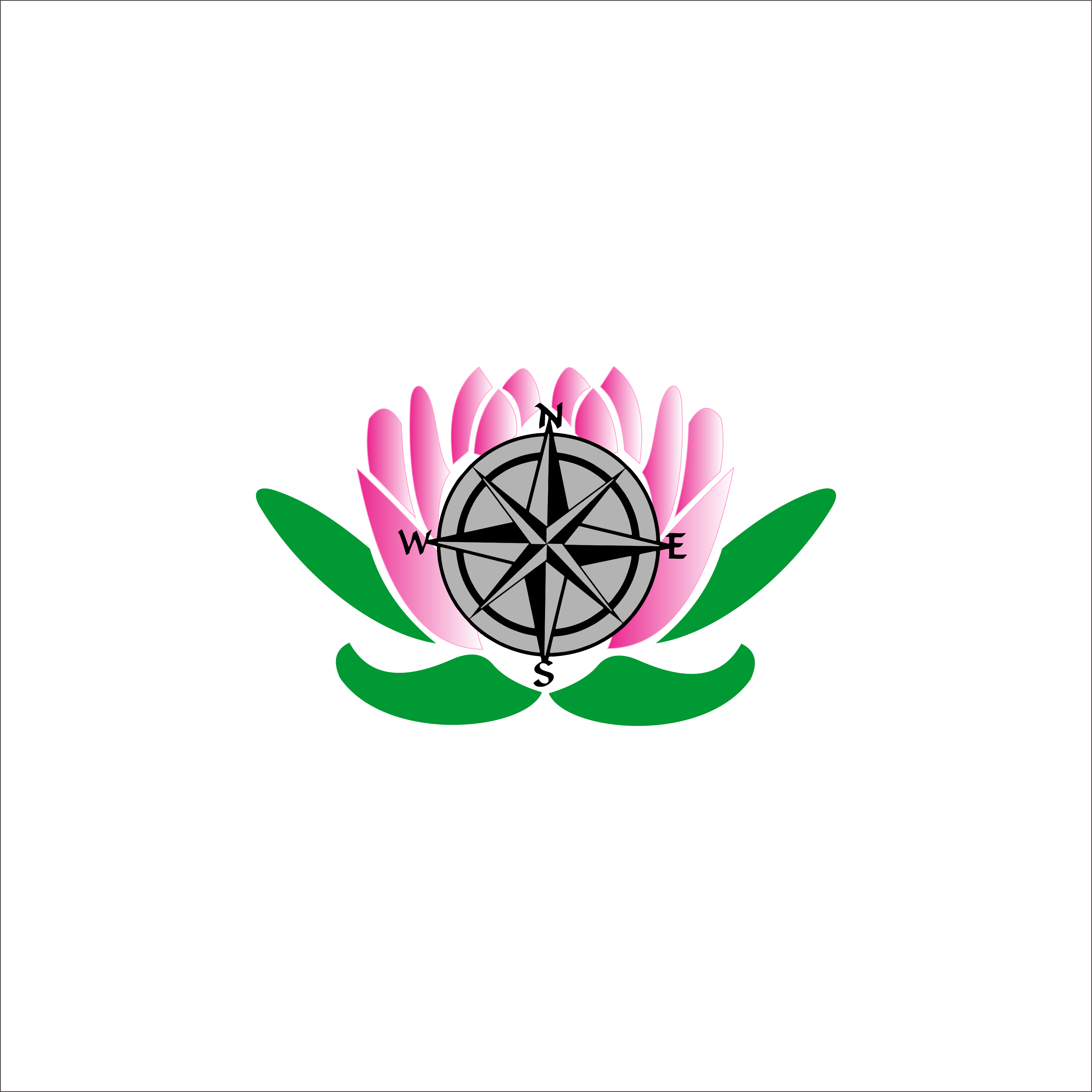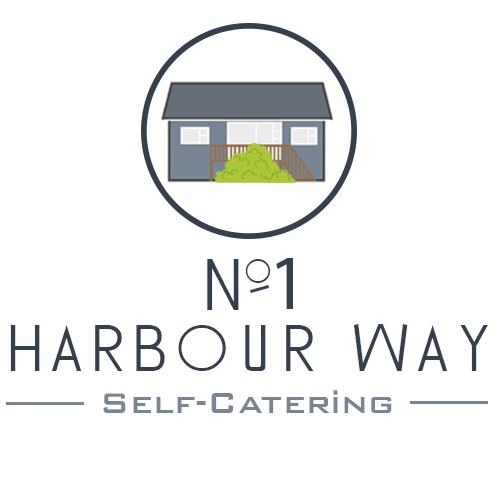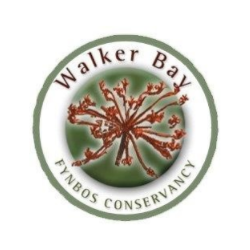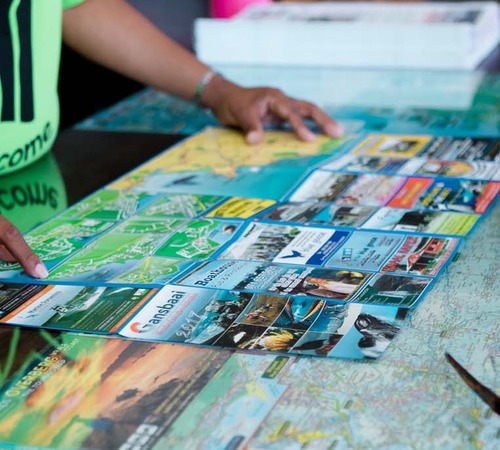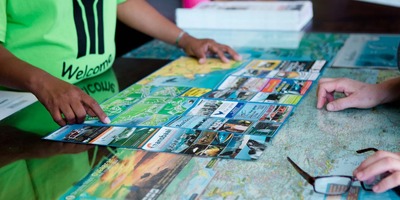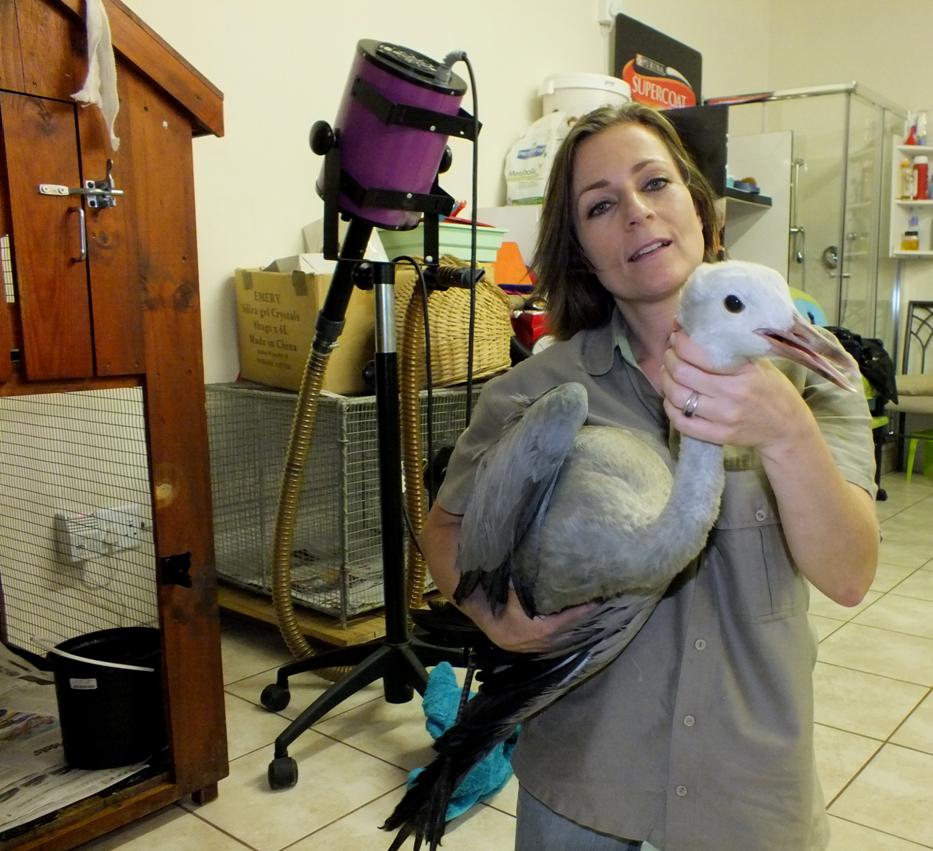 Dr Liesel Trollope met die Blou Kraanvoël in haar spreek-kamers nadat sy reeds die nodige gedoen het om hom te help
Dr Liesel Trollope met die Blou Kraanvoël in haar spreek-kamers nadat sy reeds die nodige gedoen het om hom te help
BARC is onlangs deur Joli Fleur ontbied om ‘n Blou Kraanvoël by hulle te kom afhaal wat sorg nodig gehad het. “Hulle het vermoed die voël se been is gebreek, maar by nadere ondersoek het dit eerder na erge inflamasie gelyk,” vertel Antonie Jordaan, BARC se Veldwagter. Hy het die kraanvoël na dr Liesel Trollope gebring, wat dadelik gereed was om die nodige te doen.
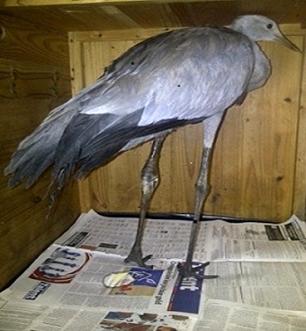 Liesel het goedgunstiglik ingestem om die volgende inligting skriftelik aan Gansbaai Courant te verskaf, met groot waardering teenoor haar:
Liesel het goedgunstiglik ingestem om die volgende inligting skriftelik aan Gansbaai Courant te verskaf, met groot waardering teenoor haar:
“This Blue Crane came in with a possible fractured leg but after digital radiographs were taken it was established that it had a generalized joint infection of his entire leg. He is being treated as an outpatient with antibiotics and is expected to recover uneventfully.
The Blue Crane (Anthropoides paradiseus) also known as the Stanley Crane and the Paradise Crane is the National Bird of South Africa. Although the Blue Crane is a ground-dwelling bird, it can have a wingspan of 2 meters and weigh up to 6.2kg. Cranes occur on grassy dry lands but during the breeding and nesting season they prefer areas with access to highland and wetland areas. They can be intensely aggressive to animals and humans during the nesting season and have been known to attack those that approached too close to the nests.
Most of the Blue Crane’s diet comprises of grasses and seeds but they also feed on large insects like crickets and grasshoppers, frogs, lizards, crabs and snails. The Breeding Season is highly seasonal usually between October and March with the majority of nests having 2 eggs laid. Both males and females intubate the eggs taking turns through the night and day. Even though it is classified as our National Bird, the Blue Crane has largely disappeared from the Eastern Cape, Lesotho and Swaziland. Their numbers have diminished all over the country by about 90% with only a small population remaining in the Southern Cape. The primary causes of the sudden decline of the Blue Crane are human population growth and encroachment, the conversion of grasslands into tree plantations and poisonings - directly through agricultural sprays as well as indirectly through baits intended for other animals.” (Dr Liesel Trollope).
BARC het die kraanvoël intussen teruggeneem na Joli Fleur, nadat Liesel die nodige gedoen het. Joli Fleur het onderneem om die kraanvoël daagliks vir 5 dae na haar te neem vir antibiotiese behandeling.
Hardus Botha

